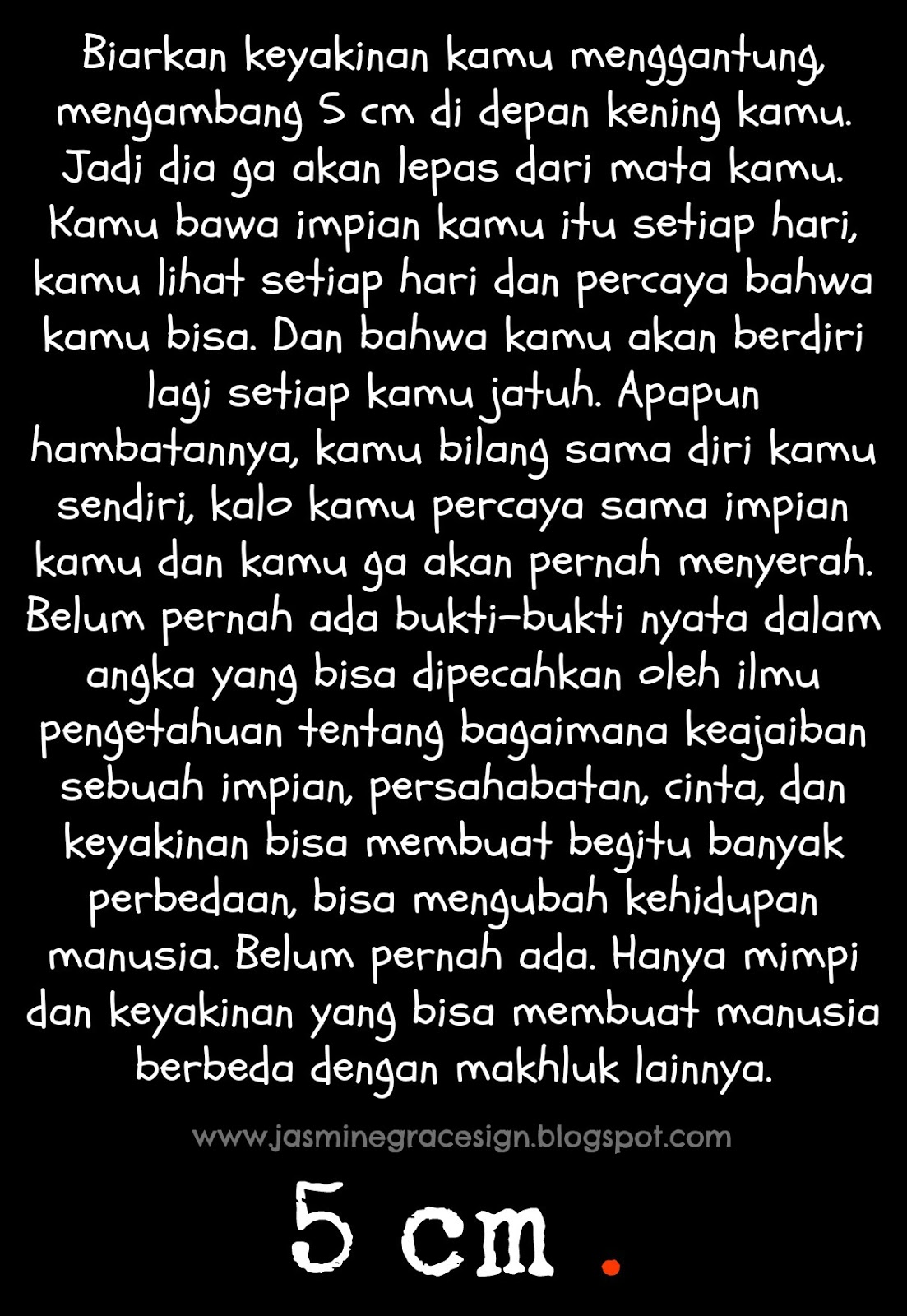
The Nikkor-Q.C 5cm f/3.5 is made of brass and feels very solid and appropriately heavy. The build quality is exceptional and nothing about it feels like a budget option. The lens takes the illusive 34.5mm filters as well as the much more common A36 clamp-on filters and accessories, similarly to some of the other Nikkor lenses I’ve reviewed in the past. The clickless aperture stops down to f/22. Nikkor-Q.C 5cm f/3.5 LTM at minimum focus distance It extends by about 0.5cm when focused at its minimum distance. It’s an inch and a half (3.8cm) long and ever so slightly wider than that at its widest. It’s still quite a small lens but not something I’d describe as tiny. While collapsible 50mm f/3.5 lenses are among some of the smallest normal lenses, even in extended position, this rigid version of the Nikkor-Q.C 5cm f/3.5 is surprisingly bulky. For the S-mount the minimum focusing distance was always limited to 0.9m due to the focusing helicoid being part of the camera body rather than the lens. This wasn’t Nikon’s only lens that allows you to focus significantly closer than 3.5ft/1m, both the f/2 and f/1.4 50mm lenses in LTM also did.

The rigid version of the Nikkor-Q.C 5cm f/3.5 had some significant improvements compared to the collapsible one, mainly an f/22 minimum aperture vs the earlier f/16, and an additional rangefinder-uncoupled close focus range between 3.5ft and 1.5ft. U (uni) means one single element, B (bi) 2, T (tri) 3, Q (quadra) 4, P (penta) 5, H (hexa) 6, S (septa) 7, O (octa) 8, N (nona) 9, and finally D (deca) indicates 10 elements. The letters in old Nikon lenses (rangefinder ones and pre-AI F mount ones) indicate the number of elements so you can have a rough idea of their construction at a glance. It’s a simple 4 elements in 3 groups design, hence the letter Q in the name.

The optical formula used here, utilised by Nikon in their lenses since the mid-30s, is Tessar. Nikkor-Q.C 5cm f/3.5 LTM at maximum focus distance


 0 kommentar(er)
0 kommentar(er)
